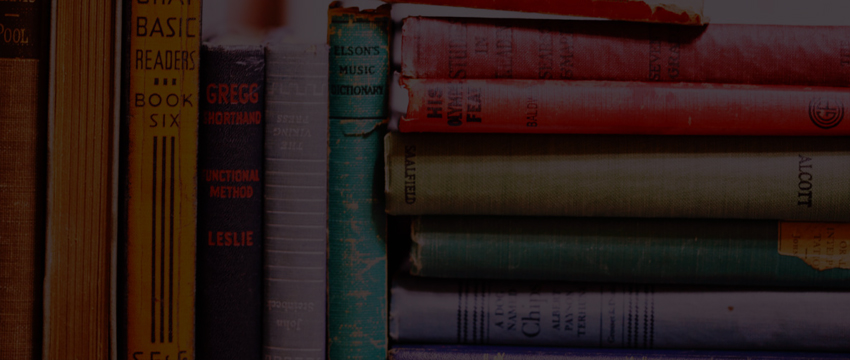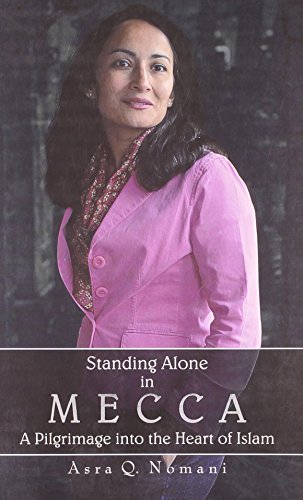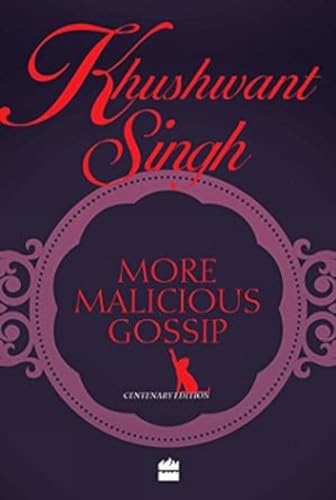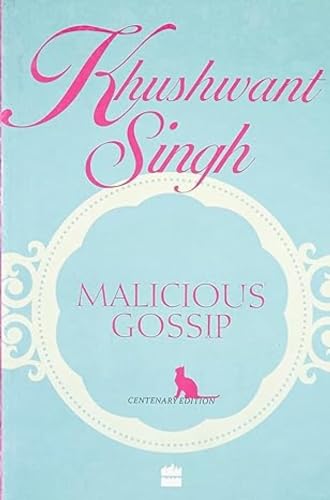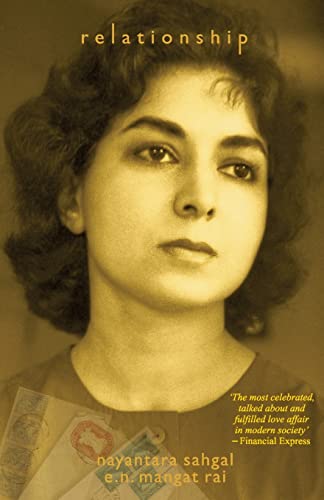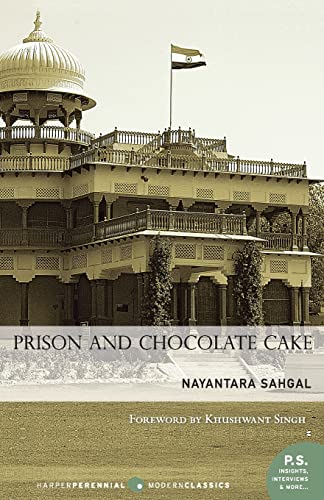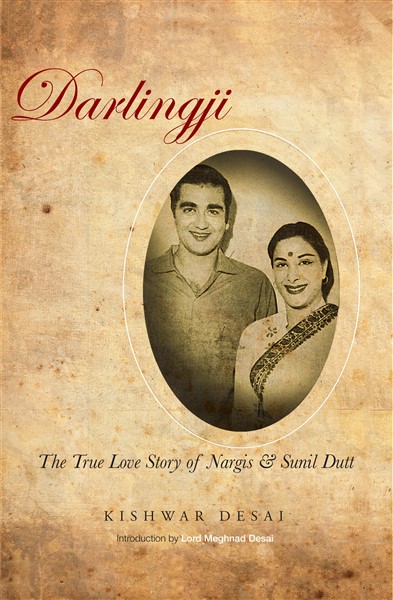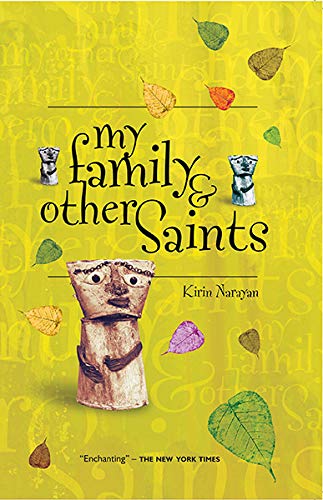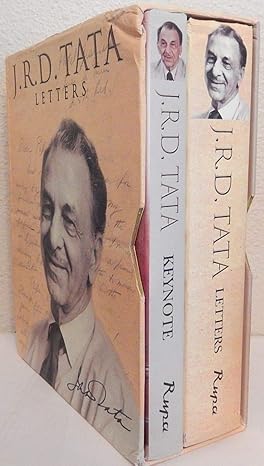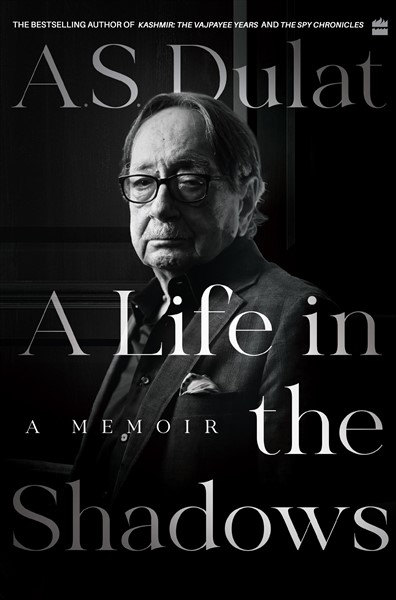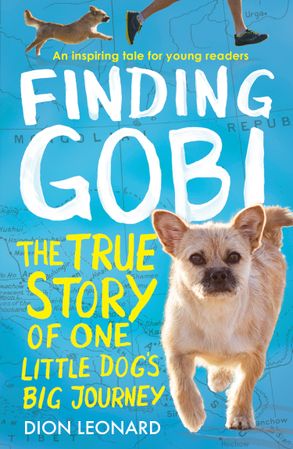Buy Autobiography Books Online | Online Book Shopping Websites - Sriina
Featured Products
Standing Alone In Mecca : A Pilgrimage Into The Heart Of Islam
₹479.20
M.R.P.:₹ 599.00
You Save: ₹119.80 (20.00% OFF)
Darlingji : The True Love Story Of Nargis and Sunil Dutt
₹559.20
M.R.P.:₹ 699.00
You Save: ₹139.80 (20.00% OFF)
J.R.D. Tata: Letters & Keynote (2 Volume Set)
₹2,000.00
M.R.P.:₹ 2,500.00
You Save: ₹500.00 (20.00% OFF)

